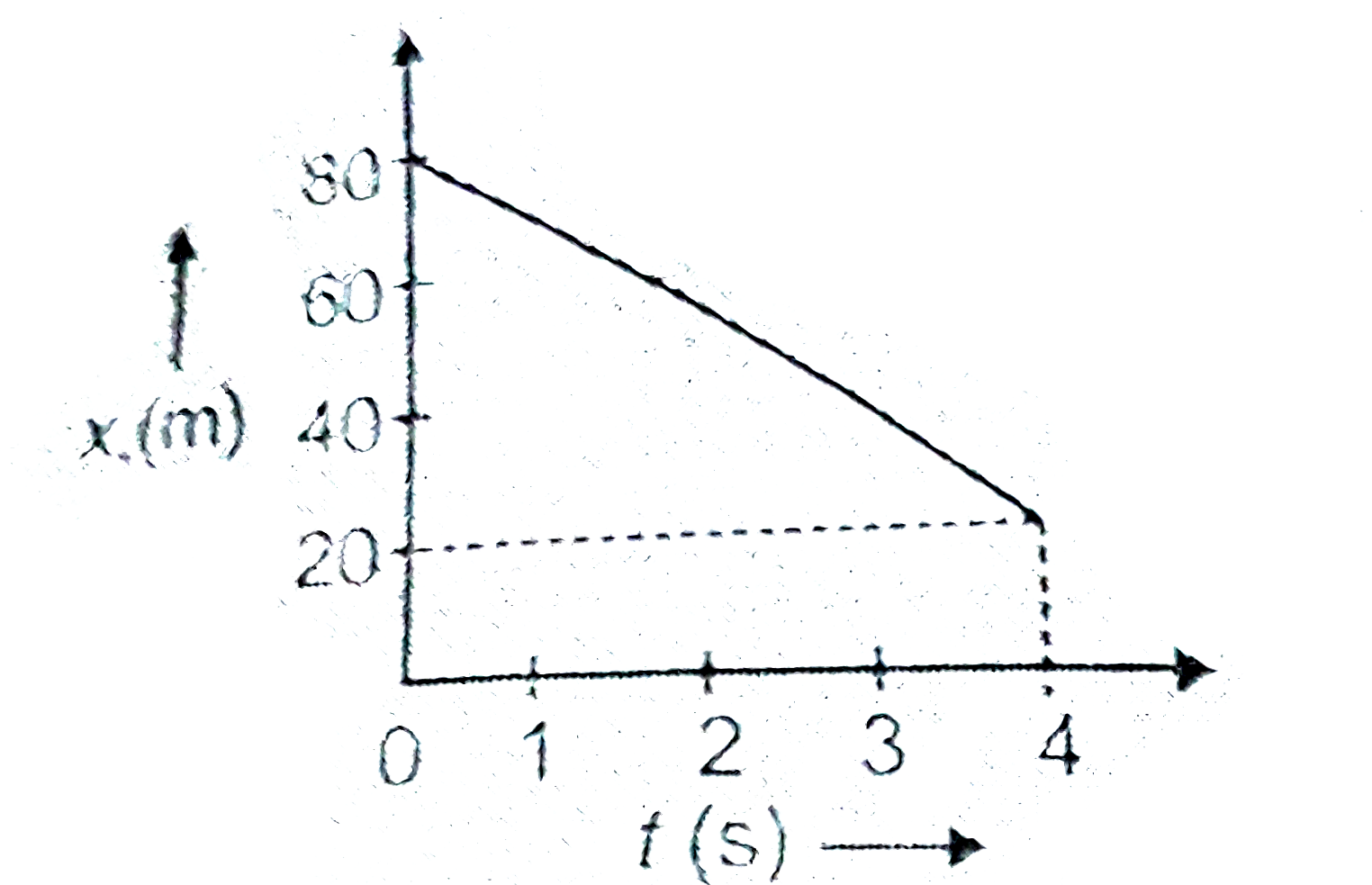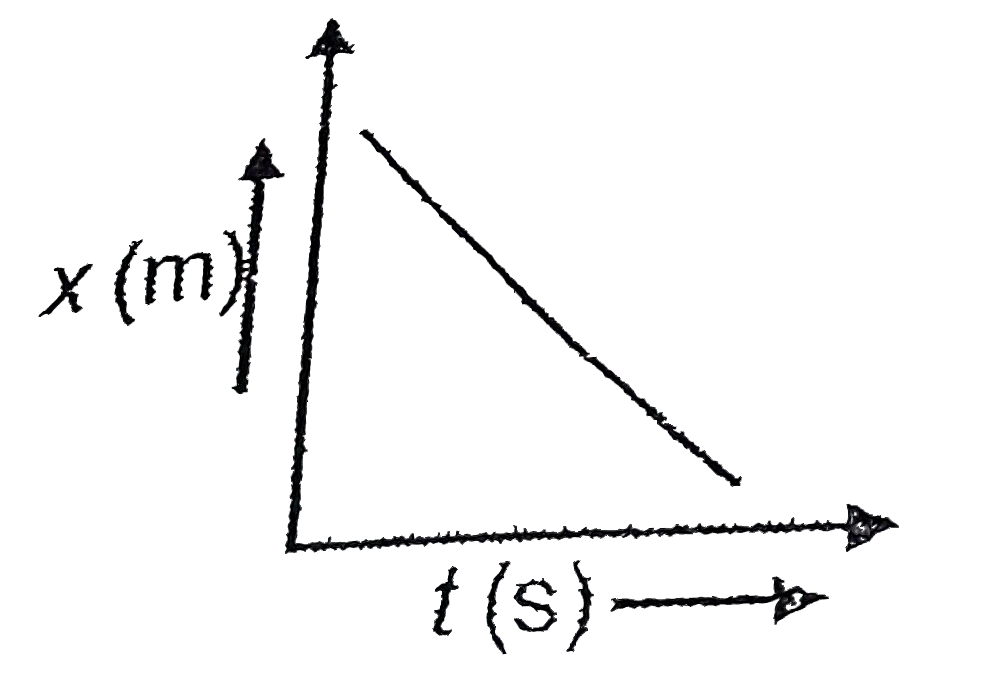What does the path of an object look like when it is in uniform motion ?
Step-by-Step Solution:
1. Understanding Uniform Motion:
- Uniform motion occurs when an object moves with a constant velocity. This means that the object covers equal distances in equal intervals of time, regardless of how small those intervals are.
2. Acceleration in Uniform Motion:
- In uniform motion, the acceleration of the object is zero. This is because acceleration is defined as the change in velocity over time, and if the velocity is constant, there is no change.
3. Path of the Object:
- The path taken by an object in uniform motion can vary widely. It is not restricted to a specific shape. The object can move in a straight line, in a circular path, or even in a zigzag pattern.
4. Examples of Paths:
- Straight Line: An object moving at a constant speed in one direction.
- Circular Motion: An object moving around a circular path at a constant speed.
- Zigzag Path: An object changing direction but maintaining the same speed.
- Elliptical Path: An object moving in an elliptical trajectory at a constant speed.
5. Conclusion:
- The key takeaway is that the shape of the path does not depend on whether the motion is uniform or non-uniform. In uniform motion, the object can follow any path as long as its speed remains constant.
- Uniform motion occurs when an object moves with a constant velocity. This means that the object covers equal distances in equal intervals of time, regardless of how small those intervals are.
- In uniform motion, the acceleration of the object is zero. This is because acceleration is defined as the change in velocity over time, and if the velocity is constant, there is no change.
- The path taken by an object in uniform motion can vary widely. It is not restricted to a specific shape. The object can move in a straight line, in a circular path, or even in a zigzag pattern.
- Straight Line: An object moving at a constant speed in one direction.
- Circular Motion: An object moving around a circular path at a constant speed.
- Zigzag Path: An object changing direction but maintaining the same speed.
- Elliptical Path: An object moving in an elliptical trajectory at a constant speed.
- The key takeaway is that the shape of the path does not depend on whether the motion is uniform or non-uniform. In uniform motion, the object can follow any path as long as its speed remains constant.
Topper's Solved these Questions
Similar Questions
Knowledge Check
For uniform motion :
Athe distance-time graph is a straight line parallel to the time axis.Bthe speed-time graph is a straight line inclined to the time axis.Cthe speed-time graph is a straight line parallel to the time axis.Dthe acceleration-time graph is a straight line parallel to the time axis.In uniform circular motion
AAcceleration is constantBMagnitude of acceleration is contantCTangential acceleration is zeroDTangential acceleration is not zero
The position - time (x−t) graph of an object in uniform motion is shown below, the velocity of object is

View SolutionHow will the equations of motion for an object moving with a uniform velocity change ?
View SolutionThe position-time (x-t) graph of an object in uniform motion is shown below. Calculate the velocity with which the object is moving.

View SolutionThe position-time (x-t) graph of an object in uniform motion is shown below, the velocity of object is
(i) Positive
(ii) Negative
(iii) Zero
(iv) None of these

View SolutionWrite Biot-Savart law.
Write the path of motion of an electron when it enters in magnetic field at
(a) perpendicular
(b)an angle θ.
View SolutionThe angualr displacement of an object having uniform cirular motion is π4 rad in every 3s. Find its frequency of revolution.
View Solution
